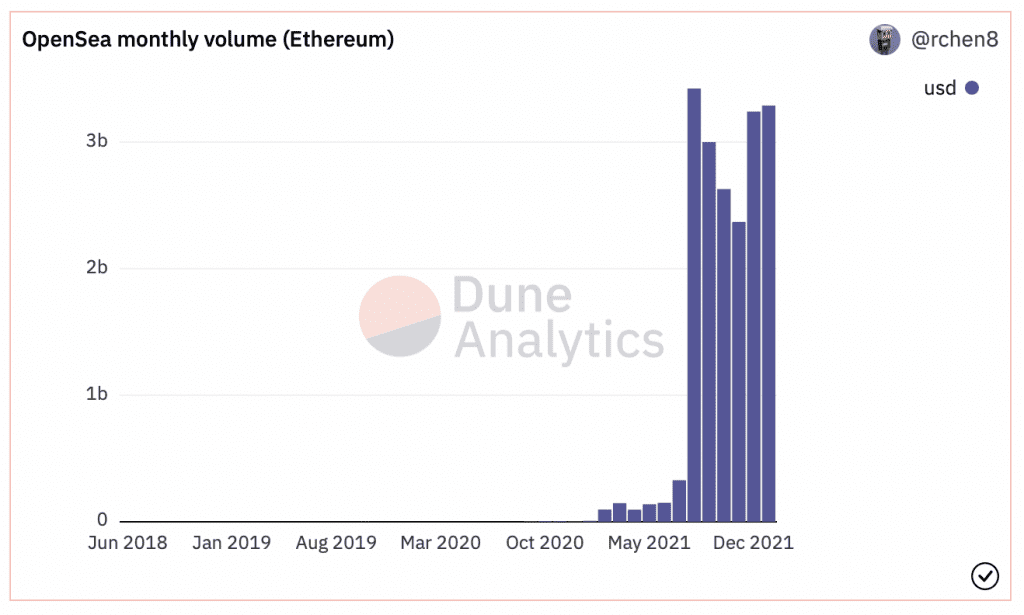What do you do when you realize that something you just bought might be stolen? More than that, who should be punished for the theft? These questions may have straightforward answers in our world, but when it comes to NFTs, things are rarely so simple.
OpenSea, Open Sesame!
During a clip from the Bankless podcast, co-hosts Ryan Sean Adams and David Hoffman discussed an incident where OpenSea was alerted to a stolen NFT and allegedly froze it after it had been sold to another user. The hosts criticized the move and Hoffman noted,
“The guy who had his NFT stolen takes the L. The guy that bought the NFT takes the L. The hacker/exploiter takes the W by getting that 1.5 free Ether.”
Meanwhile, Adams said,
“It seems like a bad precedent to set in general because what you might do is entice more thieves.”
So, what does OpenSea really do when it discovers a possible instance of art theft? According to its website,
“When OpenSea receives a credible report or learns that an item is stolen, we lock the item so it cannot be bought, sold, or transferred using OpenSea.”
But again, users might feel this punishes buyers who didn’t know the item was stolen. As a matter of fact, art theft has become a burning issue of late, with more creators and influencers criticizing OpenSea for not doing enough to protect artists, in their view.
But despite the high-profile criticism, the NFT marketplace has recorded formidable stats this month. In fact, according to Dune Analytics, OpenSea’s monthly volume [Ethereum] at press time was $3,291,780,273.53266. This was already marginally higher than OpenSea’s monthly volume for the whole of December.
Source: Dune Analytics
Looks like an offer you can’t refuse
That said, there’s a rival on the horizon. The NFT marketplace LooksRare caught eyes in the sector after reportedly surpassing OpenSea in daily volume, just days after launching.
However, OpenSea’s daily users are still far higher on the charts. What’s more, DappRadar claimed that LooksRare’s impressive stats were due to wash trading.


